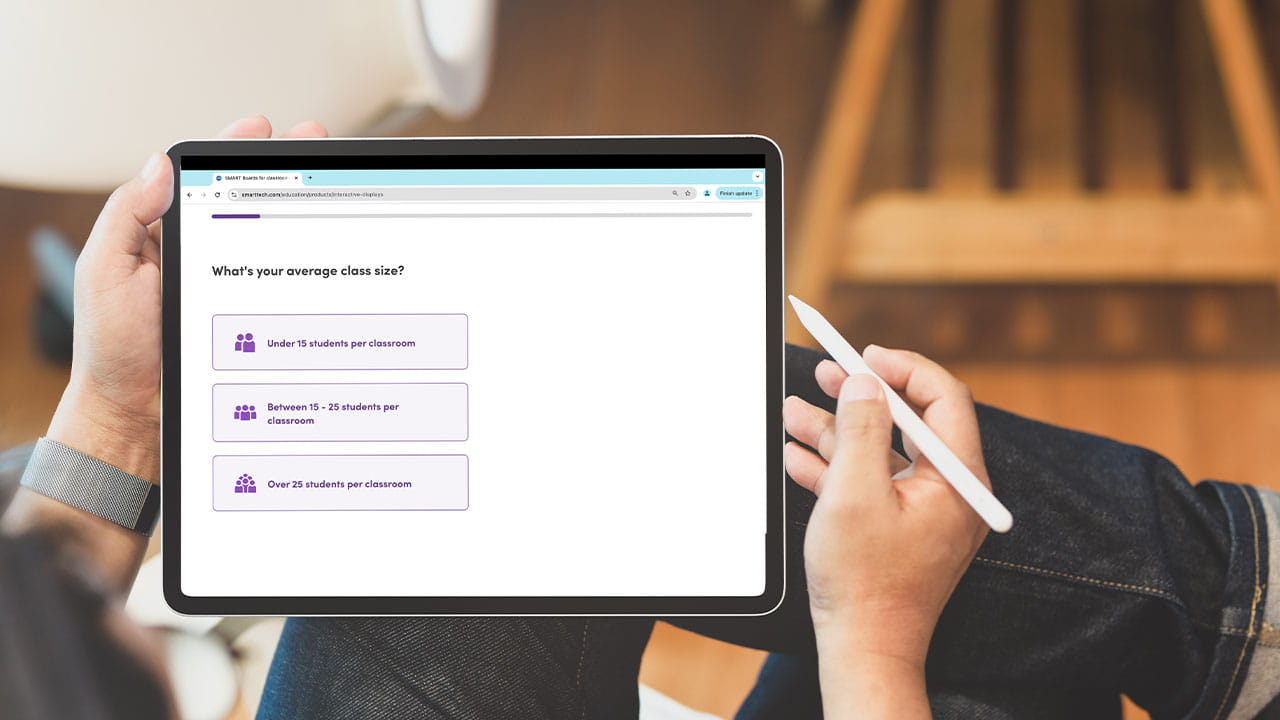Schools and districts are increasingly adopting the tenets of social-emotional learning (SEL) to help students thrive by becoming more adaptable to challenges and change. In this eight-part series, we examine how SEL can be incorporated in the classroom and how EdTech can help.
First, we take a holistic look at SEL. Then we dive into five SEL competencies: self-efficacy and self-awareness; social-emotional awareness; identity and emotional awareness; social awareness and collaboration; and critical thinking. We finish by exploring the importance of student mental health and how to create a culturally responsive classroom.
Read on as we dig into the SEL competency of identity and emotional awareness.
What is identity and emotional awareness?
Understanding your identity means knowing who you are as an individual — the culture, heritage, and personality traits that make you uniquely you. And understanding oneself can improve how you present yourself to others and form relationships.
Establishing this foundation is critical for K-12 students, enabling them to develop a broader worldview that nurtures empathy for others. That empathy is key to emotional awareness, which is a student’s ability to recognize their own emotions and those of others.
Having a strong sense of identity and high emotional awareness is the basis of emotional intelligence, which helps students excel in responsible decision-making. Students who are responsible decision-makers evaluate the benefits and consequences of various choices, think through how each decision would affect the group as a whole, and then adapt their actions accordingly.
Students can benefit in several ways from developing their emotional awareness. The practice of considering consequences allows students to develop skills such as evaluating information, brainstorming potential solutions, and making reasoned judgments that benefit them and the group as a whole — all while taking into account potential personal, interpersonal, and community consequences.
Identity and emotional awareness in the classroom
For these skills to flourish, students must feel that their classroom is a safe space to express themselves. Educators can work to create that environment by collaboratively developing classroom guidelines that outline accepted class norms and behaviors. Educators, along with students and other members of a classroom community, have a shared responsibility to ensure the protocols are followed so everyone feels heard, respected, and valued.
To help students cultivate the sense of self central to their identity, educators can encourage periods of self-reflection. During these periods, students are free to contemplate and express their own opinions and perspectives in an individual format. By nurturing a culture of openness, students are likely to feel comfortable and confident sharing those reflections with their peers and, in turn, listening to their classmates do the same.
Once students have a grasp on their own identity, they can start looking beyond themselves to consider how their actions affect others. This is emotional awareness. As they think through how they responded to situations and how others reacted, they’ll start to realize the effects of their behavior on their peers, their classroom, and the larger community. This perspective will help them see how their actions can contribute to a stronger group environment, as educators work to build relationships among students.
Finally, educators can promote voice and choice in the classroom by allowing students to express themselves in a way that suits their own identity and enables them to practice responsible decision-making. That could include letting them write a song to show their learning or having a student use a digital collaboration tool to show their classmates how they arrived at the solution to a problem.
How technology can improve students' sense of identity and emotional awareness
EdTech can foster identity and emotional awareness in a variety of ways. Students can use a personal device to engage in self-reflection, then turn to group sharing tools such as a digital whiteboard to contribute those ideas to a class discussion. This approach helps give equal opportunity for engagement in the classroom, such as amplifying the perspectives of quieter students so they are heard by the class.
Group brainstorming exercises help students see the variety of perspectives and lived experiences among their peers. This exposure teaches them that everyone’s identity is unique and has something to offer. By becoming more aware of others’ realities, they can begin to find similarities as well as differences across the classroom community. This contributes to their acceptance of a more diverse worldview and bolsters emotional awareness.
Game-based activities are another avenue for practicing responsible decision-making. Students can make choices individually or as a group and then receive immediate feedback. That approach allows them to see the consequences of their decisions in real time, and it offers the flexibility to start over or try a different path to get the desired result.
Working with students to develop emotional awareness and to help them understand their personal identity can help them be better participants in their classroom community (and beyond). Educators can expect to reap the benefits of this strengthened skill through a more participatory and equitable classroom environment that flourishes in tandem with their students.
Want to learn more about how EdTech can help educators bring skill-building in identity and emotional awareness into every lesson? Explore Lumio’s library of activities and resources that can help students learn SEL competencies in the classroom.




